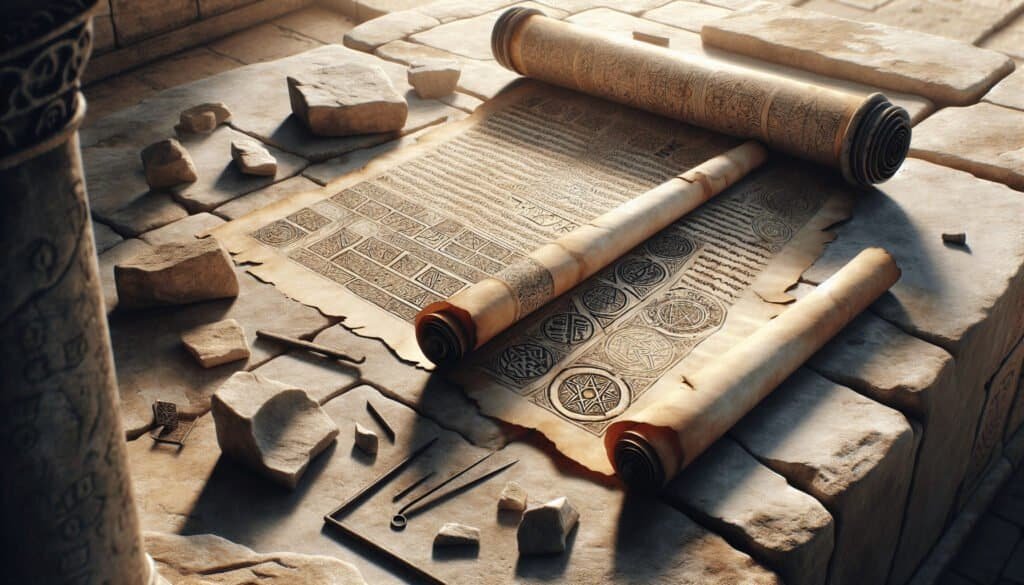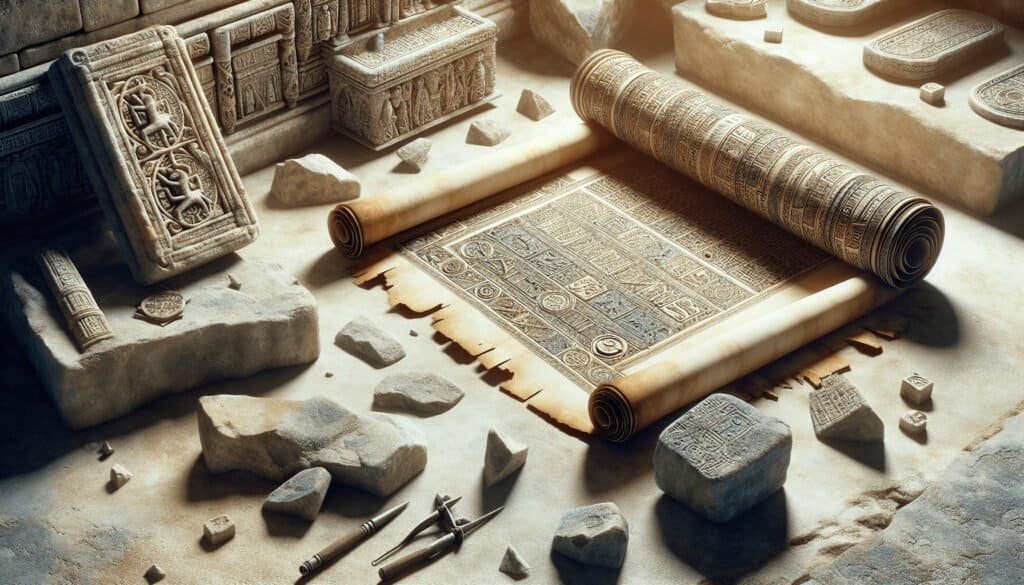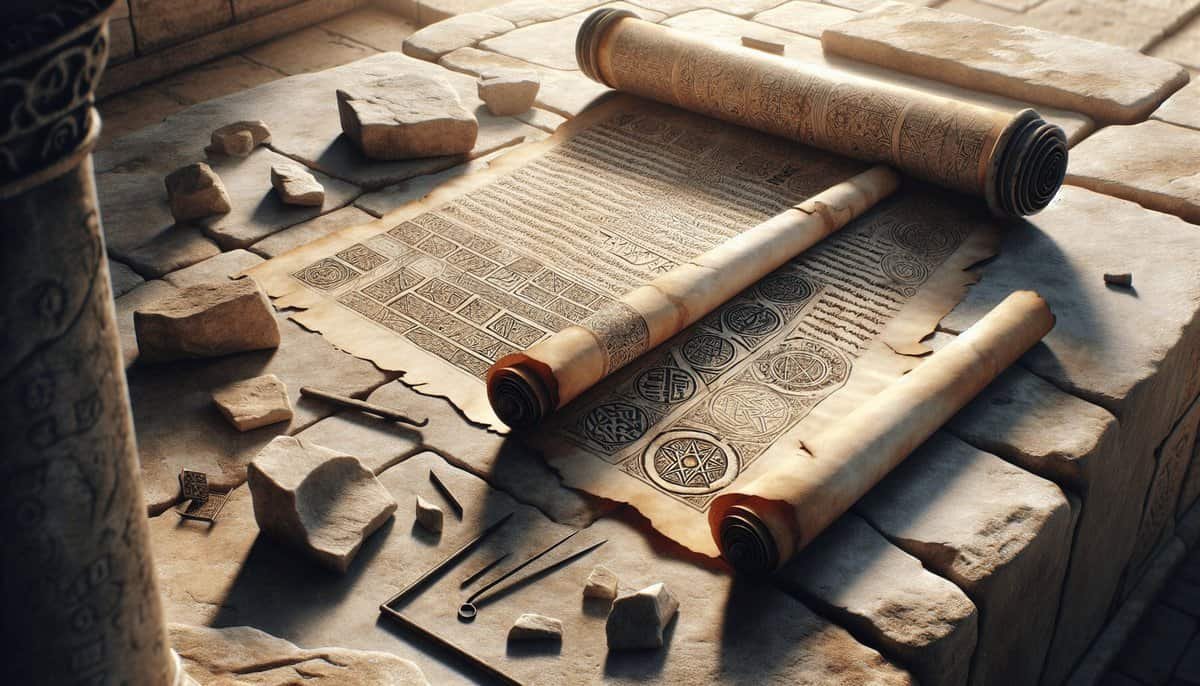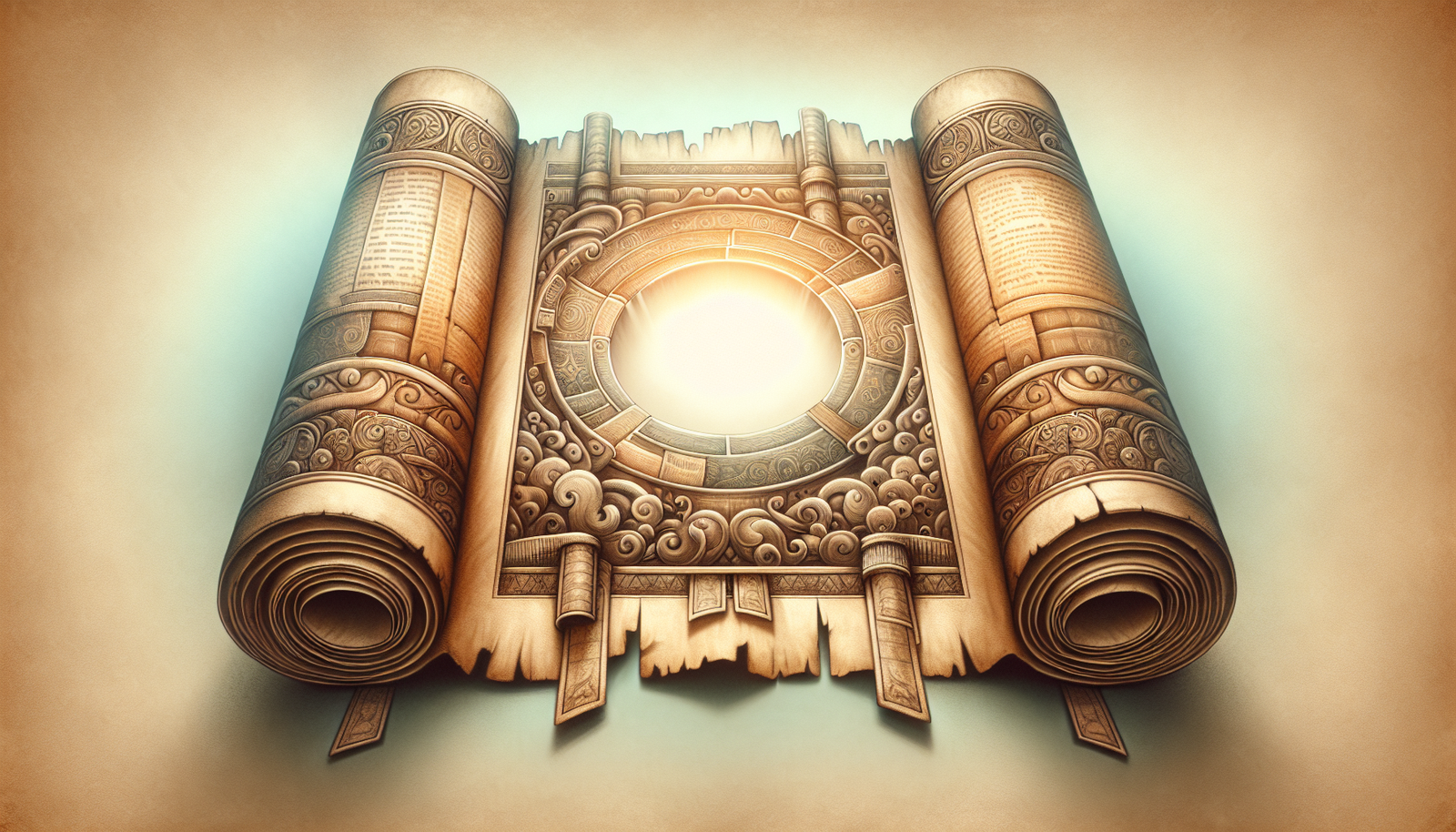What if I told you that within the ancient sands of time lies the key to understanding unprecedented feats of human ingenuity? The mysteries of ancient construction, particularly related to significant biblical sites, have long captivated historians, archaeologists, and enthusiasts alike. You might find yourself pondering how these monumental structures were crafted and what secrets may still be hidden beneath the dust.

The Temples of Antiquity
When we think of ancient constructions, temples often stand out, symbolizing not just religious significance but also extraordinary architectural accomplishments. Temples were the lifeblood of early civilizations — places of worship, community gatherings, and sometimes, the very heart of political power. Their remnants speak to us across millennia, whispering tales of grandeur and devotion.
Architectural Marvels
Take a moment to visualize the Temple of Solomon, described in the Hebrew Bible (1 Kings 6). It was constructed using the finest materials with intricate designs, embodying both sacredness and sophistication. Columns, intricate carvings, and gilded details adorned this temple. The construction was not merely functional; it was an artistic expression of devotion.
The Engineering Behind the Structures
While the artistic allure of these buildings is captivating, the engineering feats are equally impressive. Period records point to the use of advanced techniques, some of which resemble modern engineering principles. For instance, the use of precise measurements and alignment techniques indicates a deep understanding of geometry and astronomy among ancient builders.
Unraveling the Mysteries of the Scrolls
Now, let’s shift gears and take a closer look at what the scrolls can unveil about these magnificent structures. The famed Dead Sea Scrolls, discovered near Qumran in the mid-20th century, have revolutionized our understanding of the Second Temple period. These scrolls are priceless treasures containing biblical texts, legal documents, and even commentaries reflecting the thoughts and beliefs of different sects of Judaism that existed during that era.
The Relevance of the Dead Sea Scrolls
The significance of the Dead Sea Scrolls extends beyond mere textual preservation. They provide context about the social and cultural dynamics of the time. For instance, the Community Rule scroll offers insights into the sect known as the Essenes, shedding light on their practices and worldviews. This contextual knowledge helps you piece together how spiritual beliefs might have influenced architectural decisions in temple construction.
Scrolls as Guides for Construction
Interestingly, some scholars suggest that certain scrolls contain guidelines on how to conduct rituals and worship in the temple. These texts might not explicitly detail construction methods, but they certainly reflect the religious significance attributed to the temple’s design and orientation. Understanding how the ancient people felt about their places of worship forms the bedrock of architectural choices.
The Ark of the Covenant: A Beacon of Mystery
As you ponder the grand constructions of ancient temples, you cannot overlook one of the most intriguing objects associated with them: the Ark of the Covenant. This storied artifact isn’t just a piece of folklore; it embodies faith and artistry.
What Was the Ark?
Described in the book of Exodus, the Ark of the Covenant is said to have housed the tablets of the Ten Commandments, serving as a divine communication channel between God and the Israelites. The Ark was crafted with meticulous care, overlaid with gold and adorned with cherubim, which speaks volumes about the reverence associated with it.
Locations of Worship
The Ark traveled with the Israelites, eventually finding its home in the Temple of Solomon. But what happened to it? This question has persisted through ages. Theories abound, ranging from its being hidden away to being destroyed.
Excavating the Past: The Role of Archaeology
There’s an undeniable allure in the notion of discovering an ancient artifact. Archaeology serves as a bridge, connecting the present to the distant past. Each excavation provides new insights into ancient cultures and their monumental architecture.
Notable Archaeological Discoveries
Among the most impactful discoveries has been the uncovering of temple-related artifacts in Jerusalem. Archaeological digs have revealed remnants of ancient walls, altars, and ritual vessels, giving credence to historical accounts found in religious texts.
Cultural and Theological Insights
Working backward from these discoveries helps reconstruct the life and beliefs of ancient peoples. For instance, archaeological evidence suggests that temple construction was often a communal effort, fostering a sense of belonging among the builders and worshippers alike.

Comparative Architecture: Then and Now
You might be wondering how these ancient construction techniques compare to modern architecture. After all, we live in an age where technology reigns supreme, and yet, the principles of construction remain intriguingly similar.
Materials and Methods
While we use advanced materials today — steel, glass, and concrete — the essentials of building still resonate with past practices. Ancient builders relied on locally available materials, a practice that remains true for ecologically minded architects today.
Spiritual Significance
Architecture is not just about aesthetics; it’s about conveying beliefs and values. Contemporary structures often pay homage to historical designs, integrating concepts of light, space, and nature that ancient builders embraced.
The Intersection of History and Culture
What makes the study of ancient temples and the associated scrolls captivating is their interplay with the cultural fabric of their time. Each construction was not just an architectural endeavor but a reflection of collective identity.
Cultural Evolution Through Construction
The evolution of temple architecture mirrors changes in religious beliefs, societal norms, and cultural practices. From simple structures to grand edifices, each phase tells a story of a people’s journey.
The Role of Religion in Shaping Architecture
It’s fascinating to observe how religion influenced the design of many ancient structures. The orientation of temples, the materials used, and even the layout were often designed with spiritual beliefs in mind. This relationship between faith and architecture thrives even today.
Modern-Day Discoveries and Implications
Flashing forward to our time, new archaeological sites continue to surface, revealing treasures that enhance our understanding of ancient construction techniques. These discoveries emphasize the ongoing relevance of studying ancient architecture and texts.
Current Archaeological Projects
Projects such as the City of David excavations in Jerusalem unearth layers of history that can redefine our understanding of biblical texts and historical narratives. Each dig adds a new dimension to our collective memory.
Implications for Contemporary Society
As we investigate these ancient wonders, we find lessons that transcend time. They teach us about resilience, community effort, and the intricate tapestry of human beliefs, shaping not just the past but the future of architecture and society.
Conclusion: Connecting Ancient and Modern Insights
Stepping back to contemplate all you’ve journeyed through, it becomes clear that the hidden scrolls and architectural masterpieces of antiquity are interconnected. They not only reflect a civilization’s spiritual and practical foundation but also lead us to insights that remain relevant today. The blend of faith, artistry, and ingenuity in ancient construction feels like a whisper from the past, urging you to appreciate the intricate history you walk upon in the modern world.
Looking at the grand structures of yesterday and the scrolls that tell their story, you gather threads of knowledge, curiosity, and admiration. These remnants from a time long gone encourage you to continue your exploration into the intersections of history, culture, and human achievement. The mysteries of ancient construction remain a testament to the human spirit, reminding you that even when faced with the test of time, our stories endure.



